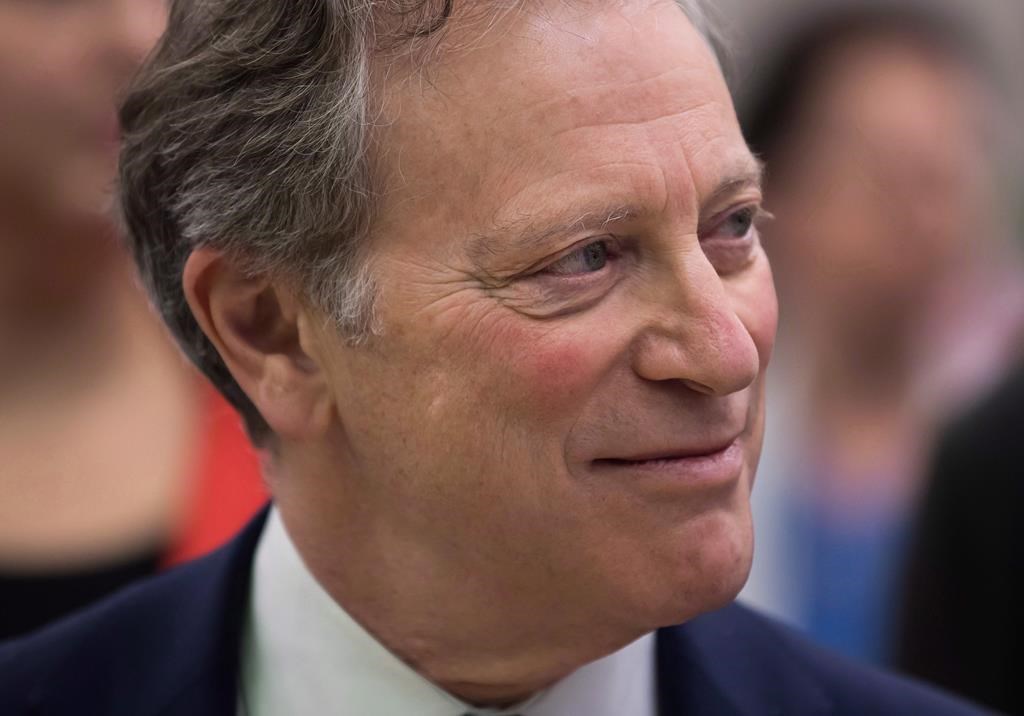The B.C. government has committed to $513 million toward an expanded role for the BC Wildfire Service, and the development of provincial flood and heat preparedness resilience plans and strategies.

Most of the money has already been announced by the province to support initiatives undertaken between now and 2025.
Monday’s announcement, however, brings together the total funding plan to support the government’s Climate Preparedness and Adaptation Strategy.
“Last year’s extreme weather left no doubt that British Columbia is directly experiencing impacts of the climate crisis,” said Environment Minister George Heyman at the press conference.

The minister said Emergency Management BC is working “flat-out” to get a flood strategy ready by next year. The flood resilience plan, including new diking needs, will be complete by 2025.
The province continues to work with the federal government on rebuilding following November’s catastrophic flooding in Abbotsford, Merritt and other areas of the province.
“Nobody wants to see the tremendous hardship face by British Columbians losing their homes. Farmers seeing livestock dying of floods,” Heyman said.
“We are working as quickly as we can, as quickly as we can.”
The strategy also includes investments reducing the impacts of flooding and droughts by restoring healthy watersheds.
Hegus (Chief) Nicole Rempel from K’ómoks First Nation said the health of the Kus-kus-sum watershed on K’ómoks territory is critically important to prepare for the impacts of climate change, like extreme flooding and drought.
“K’ómoks First Nation is working with local partners to turn a former sawmill site into critical habitat for salmon, herring, migratory birds and other species,” Rempel said.
“By removing cement, regrading natural slope and adding native plants to the area, we’re healing vital ecosystems and building greater resiliency to climate change.”

In a news release, lawyers with West Coast Environmental Law welcomed the announcement, noting “improvements in the transparency and reporting features of the plan.” It still fails, however, to recognize the “magnitude and true costs” of climate impacts in the province, they said.
“The B.C. government is presumably doing what it considers to be politically feasible — and we acknowledge that the government has strengthened its plan from last year’s draft — but it will not be enough to avoid future climate disasters,” said staff lawyer Andrew Gage in the release.
“B.C.’s new climate plan is a long overdue important step forward, but is still only a fraction of what is needed to keep our communities safe.”
According to a Federation of Canadian Municipalities and Insurance Bureau of Canada report, avoiding the worst impacts of climate change at the municipal level will cost an estimated $5.3 billion per year.
With files from Elizabeth McSheffrey
- Singh mulls TikTok return as U.S. nears potential ban over security fears
- EV sales in Canada rose in recent years despite higher interest rates. Why?
- Possible TikTok ban in U.S. looms after Biden signs bill, setting up legal fight
- 2021 heat dome fuelled by climate change, intensified wildfire risk: study





Comments